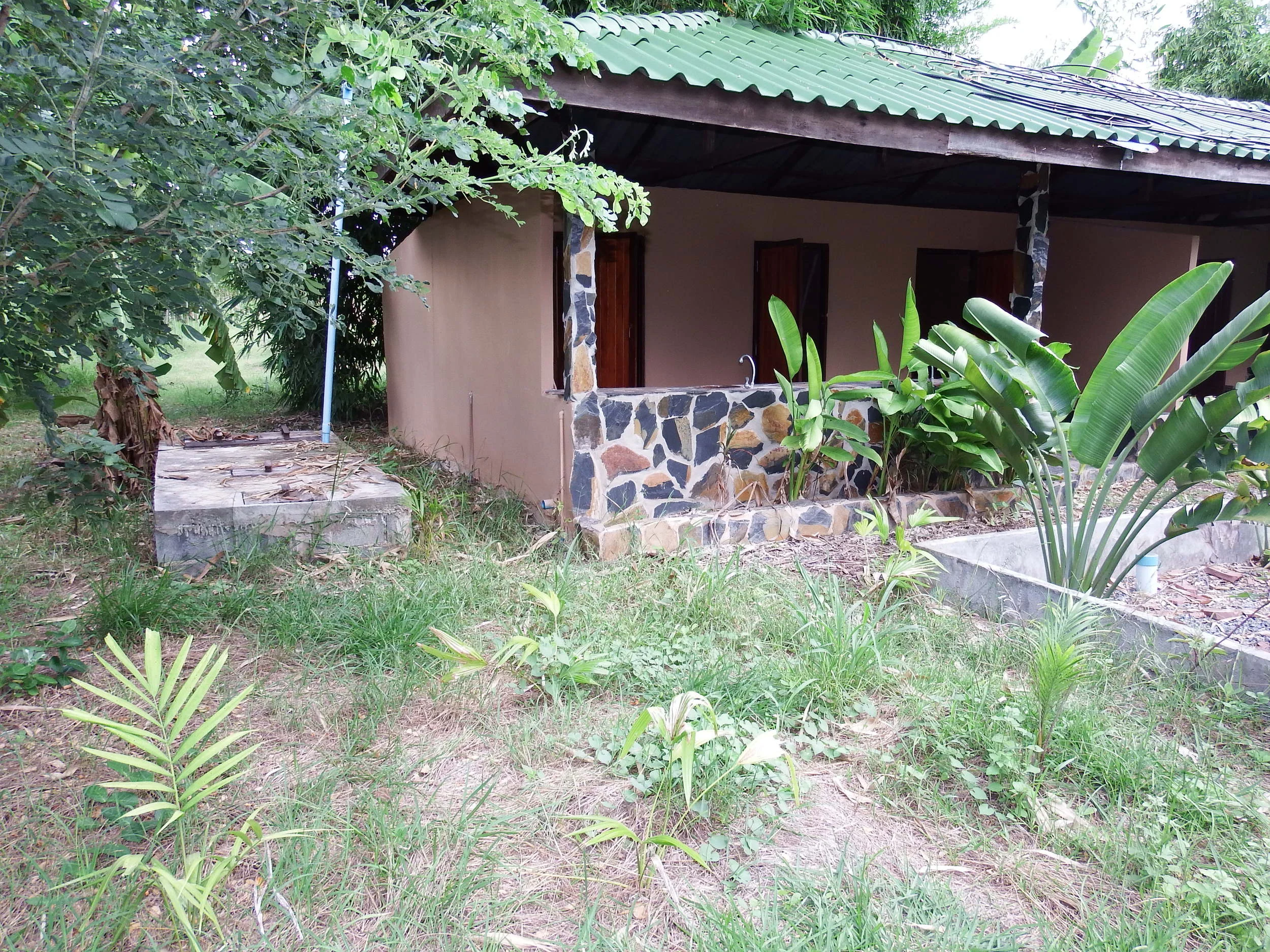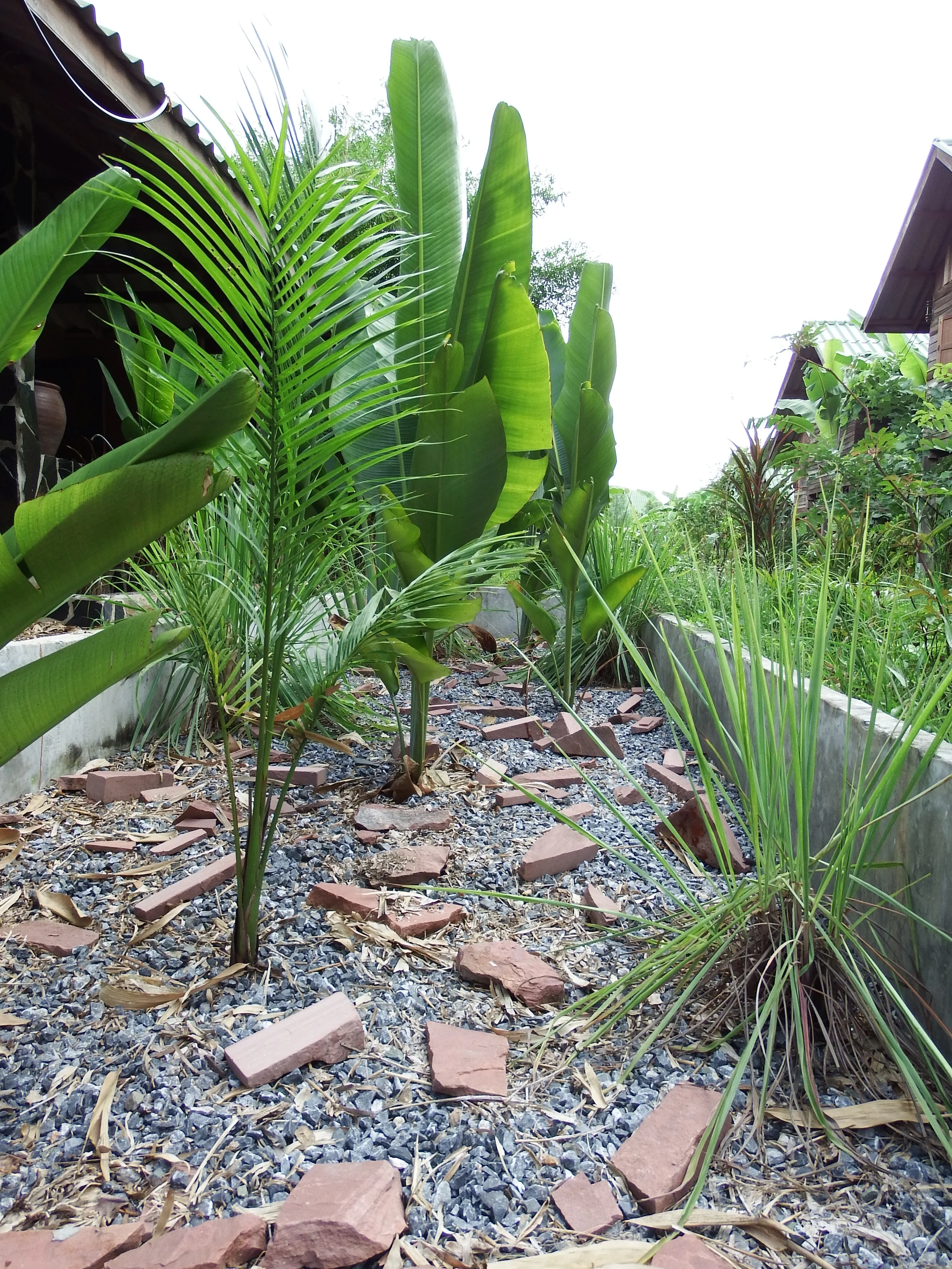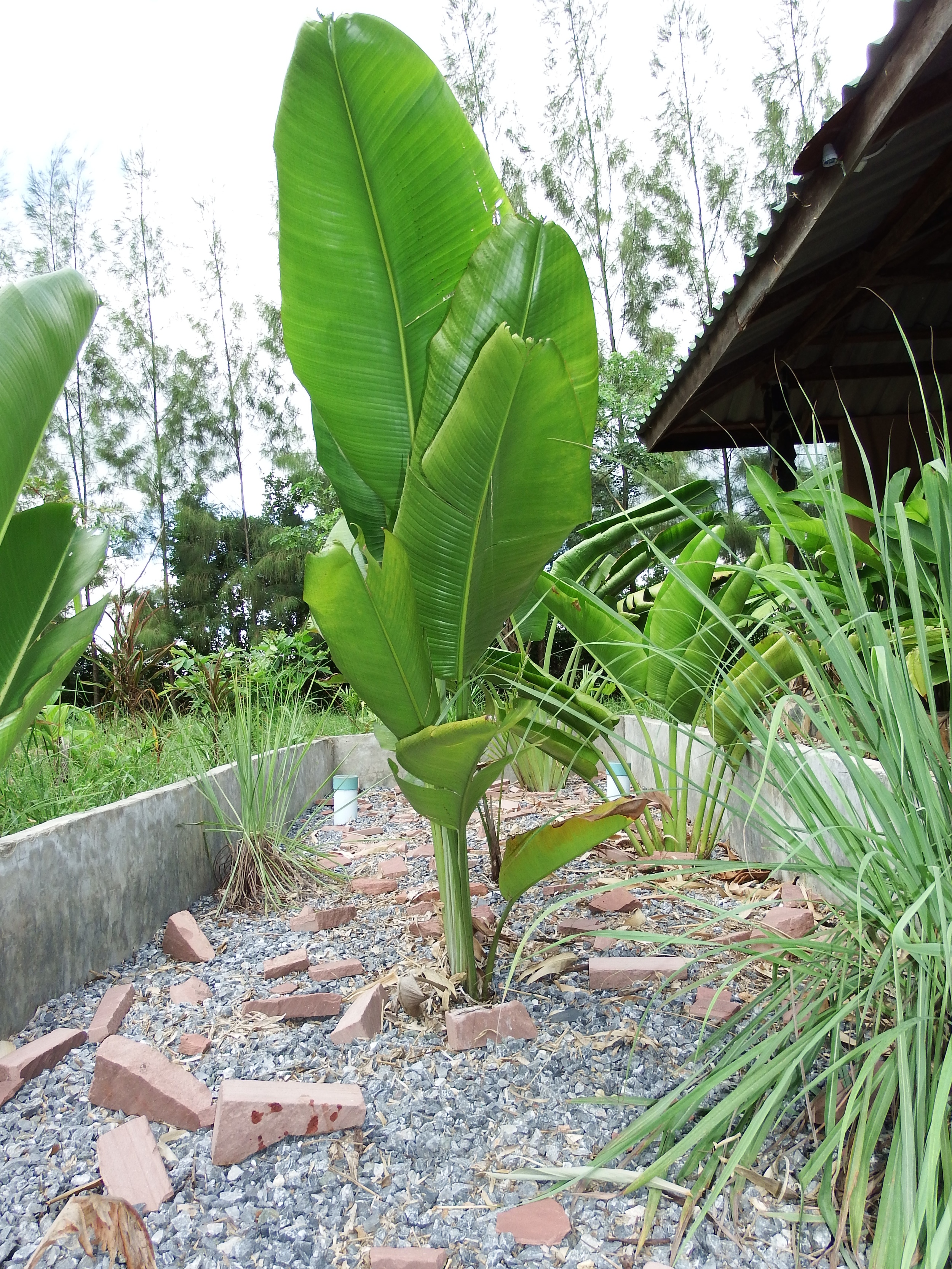Nourishing Oriental Plants with Blackwater
/Black-water, you may think, is what you find in the estuary of Mississippi but this backwater is what comes out of your toilet. And in truth, the muck you find in an estuary and that which flows from a septic tank have a similarity - nutrients. These nutrients are an essential component of life as we know it. Nutrients predominantly composed of nitrogen and hydrogen compounds. Farmers know of the importance of these compounds and so do environmentalist. But I believe it is a lack of knowledge that causes the general population to see the toilet water as wastewater instead of water laced with valuable resources.
At the permaculture project called Rak Tamachat they demonstrate how toilet water can be the food that prized oriental plants need to thrive. They have converted the septic system into an efficient growing machine. There are primary distinctions that set this system apart from a traditional septic system (if you don’t know about septic systems see my educational video) 1: a manual flush toilet; 2:a grave drain field intentionally cultivates profitable oriental: and 3: an overflow that feeds banana tress.
So lets start at the beginning – ya gotta go to the bathroom. Ya do your business and then instead of using electric energy to flush, then you dip the scoop into the large vessel of water and pour it into the toilet bowl. You may need to do this a couple of times to get it all down. You put the lid back on the vessel and your job is done. The nutrients in the water however, have just begun...

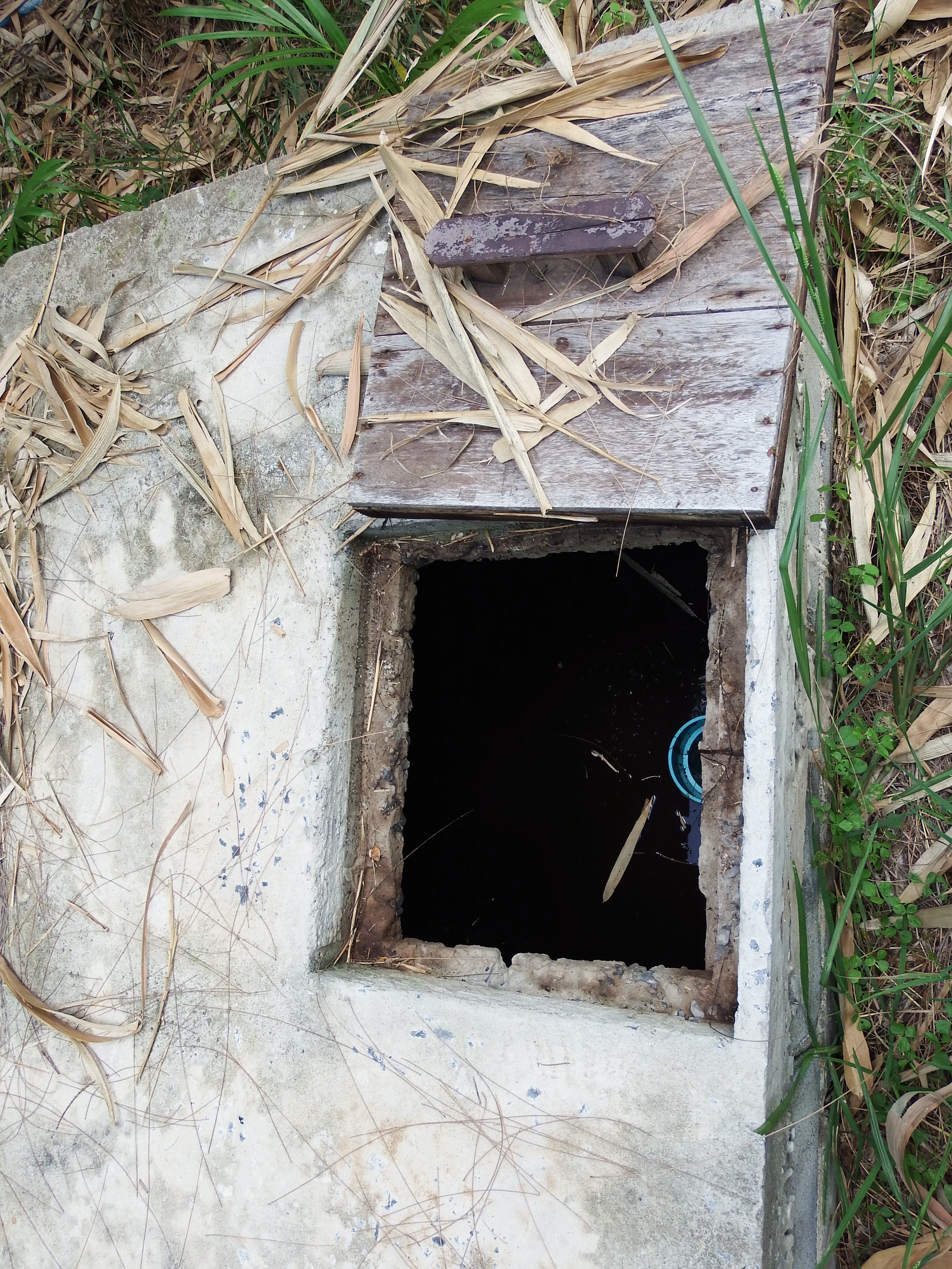

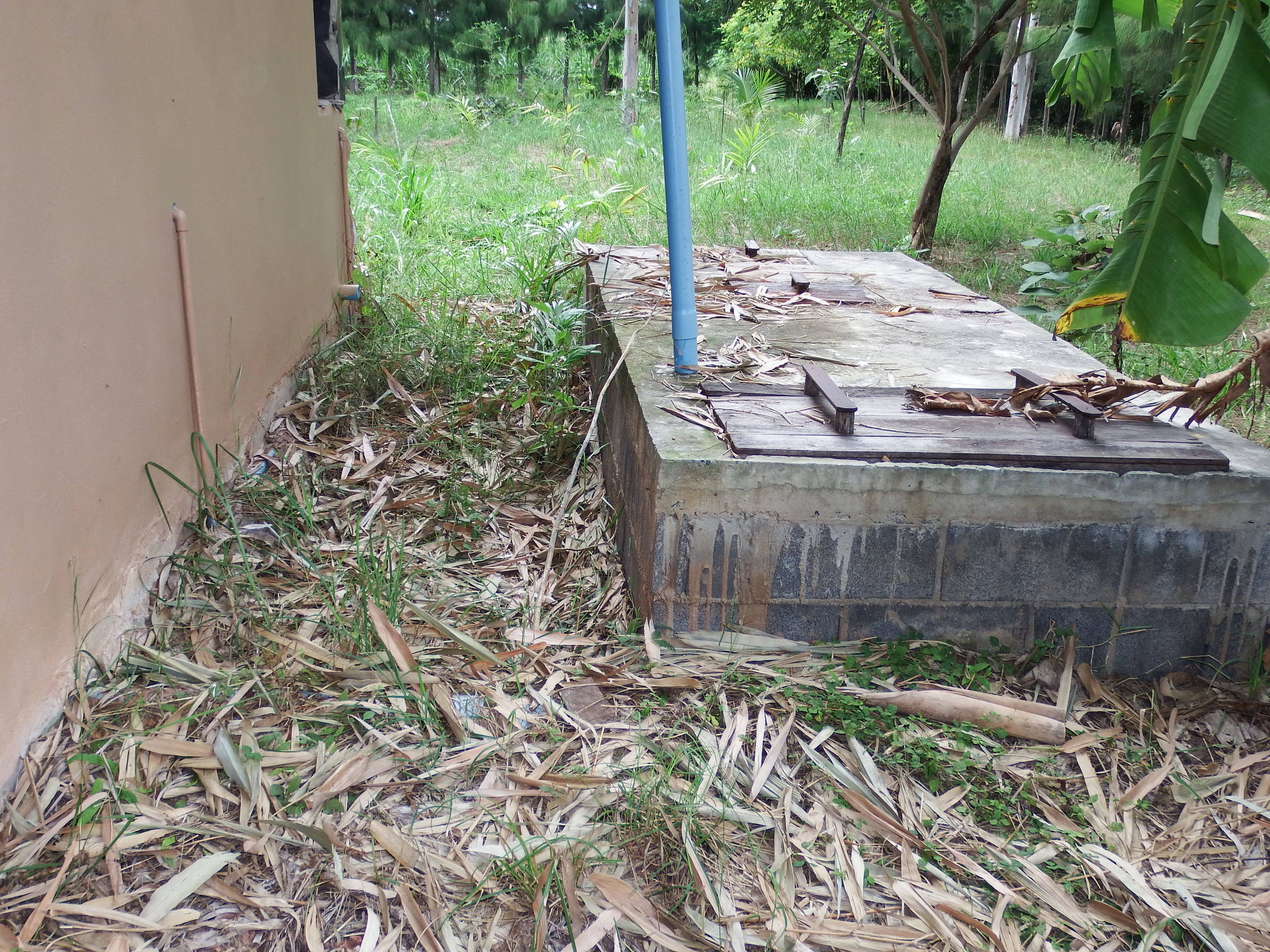
Gravity guides the nutrient-filled water into a standard three-chambered concrete septic tank. What goes on in the septic tank is microbial magic. Anaerobic bacteria (they thrive in oxygen starved environments) will feast on the nutrients, which are in the form of what we call pee and poop. The bi-product of the anaerobic bacteria is a converted form of nutrients (nitrogen) ready to be gobbled up at the next phase of the system. After about three days it will have completed its journey through each of the chambers and then flows into a gravel filled pit.
Upon first glance, this gravel filled pit is cleverly disguised as a nice oriental plant garden. But beneath the surface are slightly sloping perforated pipes that guide the nutrient rich water. The aerobic bacteria (thrive in oxygen rich environments) explodes with influx of nutrients and quickly prepares the nutrients for the plants. The plants exchange the starches they produce through photosynthesis for the nutrients from the aerobic bacteria and all live happily in the mutualistic symbiotic relationship. Furthermore, the humans in this system are happy as well. Other than the low-cost of installing the system and initial purchase of the plants, the ‘wastewater’ is free to dispose of and is actually feeding plants that can then be sold at a high price in the market. I wonder how long it would take before a person could actually make a profit?
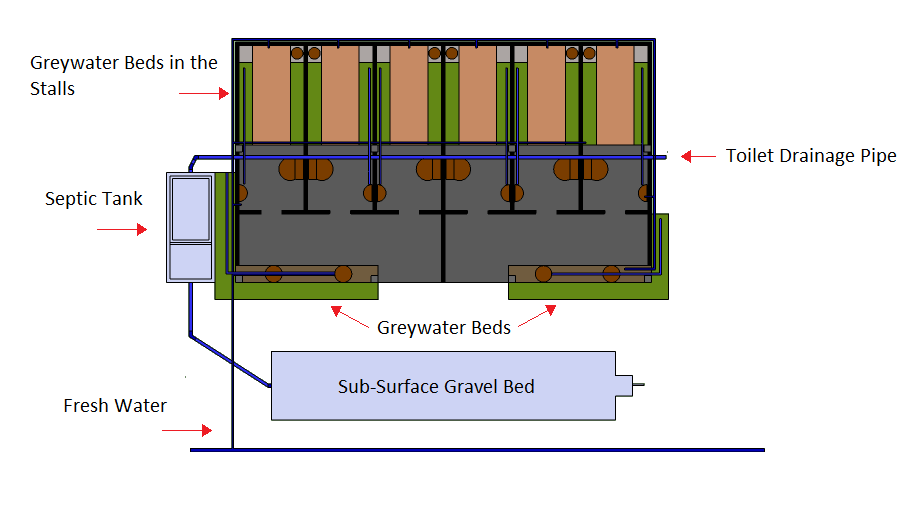
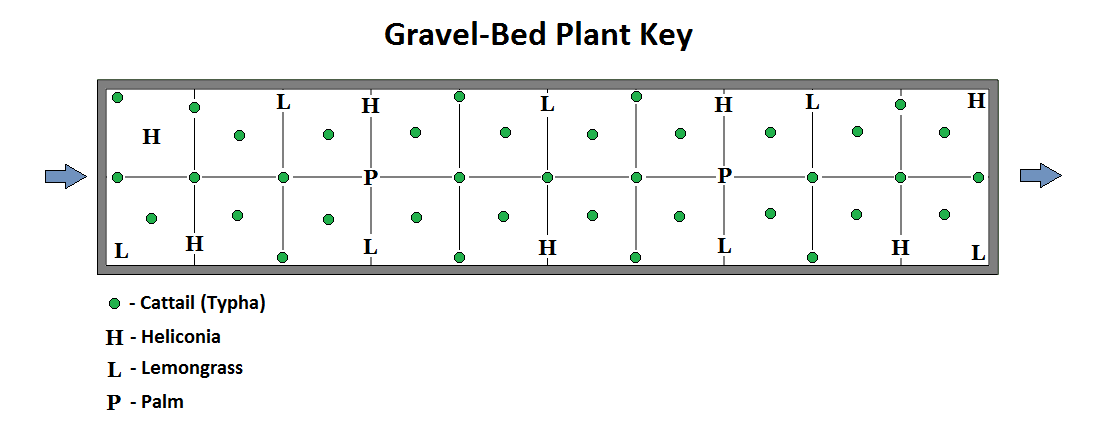

The drawings here are from Emre Rona of Turkey, who designed and lead the building project.
Now, hopefully you have a few questions so I will try to anticipate and answer them. Maybe you're wondering where the soil is but in this system there isn’t any soil. The gravel is the medium in which the plants grow. As long as there is sun, water, and nutrients, plants are happy.
Another good question is about overflow. What if there are a shit-ton (pun intended) of people using the toilets and the gravel pit fills up? Well, there is an overflow. It is assumed that if the water reaches the overflow area it is fairly clean and it will flow underground to a nearby pit that is surrounded by banana trees, which will gladly receive the nutrient boost. To this date the water level has not reached the overflow piped.
I hope you are wondering what about the grey water (sink and the shower water). The water from the sink is piped to planters that are in the bathroom area. The water from the showers drains down into gravel and gives water to the surrounding area.



